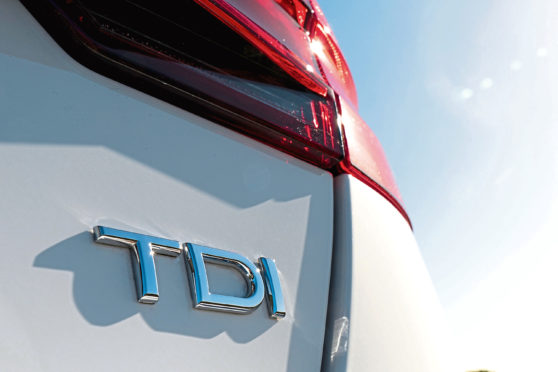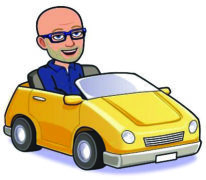Being mostly a farming and fishing region, it won’t come as a surprise that Aberdeenshire has a larger percentage of diesel vehicles on the road than most other areas of the UK.
Generation upon generation has purchased diesel vehicles.
In the early days, the cost of fuel was low and offered a fantastic return on MPG, and in more recent years the continued move to diesel transport was encouraged by government with low-cost road tax measured by the amount of CO2 the vehicle emitted.
However, this all changed when it was found that some manufacturers were cheating the system of how CO2 and nitrogen oxide were measured and reported on.
The world has a massive climate change challenge on its hands, and part of this challenge is to reduce our carbon footprint. To do this we have to change our driving habits and our transportation choices.
Many manufacturers have moved away from new diesel units, instead producing more petrol-powered vehicles.
This has started to increase the CO2 level because petrol cars have a higher CO2 waste count than their diesel counterparts.
There is lots of talk about electric vehicles, and while this is definitely the future, the UK currently doesn’t have the charging infrastructure and electric cars don’t have the range to be a real consideration for diesel users… yet.
The best advice I can give is the same advice I have given customers for years.
If you stay in a heavily populated, built-up area like the centre of Aberdeen and use your car for short runs, don’t buy a diesel. Instead, consider a small engine, low-CO2 petrol, a hybrid vehicle or even an electric car.
However, if you cover 20,000 miles per year with long journeys on dual carriageways, or you use your vehicle to tow, then until there is a suitable alternative, stay with diesel.
Diesel engines have never been cleaner. Despite this they still produce “diesel particulate waste” which can be harmful.
While driving at low speed, the DPF filter within the exhaust system captures these particulates, only releasing them safely into the air when the car recognises it is on a long run.
In future, I predict Aberdeen City Council will start promoting its Park & Ride system to encourage all car drivers to park up and take a hydrogen or electric bus rather than drive.
So, is this the end of the road for diesel cars? Not quite yet, although it looks like the road will lead to a currently under-utilised Park & Ride near you.

